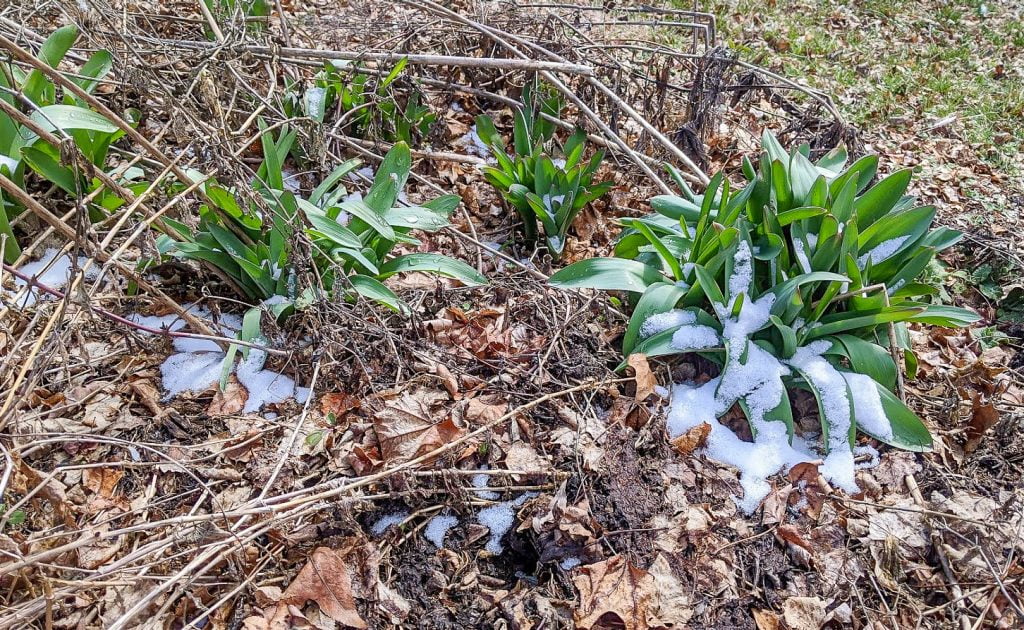
Just a quick glance around at all the beauty of the flowers and trees that are blooming tells us what we’ve already figured out: spring has sprung after what can truly be described as a mild winter for this part of the country. Though it may seem unusual, our recent warm temperatures don’t spell problems for spring plants — at least not yet.
“A few days of warm winter temperatures in January and February probably won’t be much of a problem for most plants,” said Chris Mullins, Virginia Cooperative Extension specialist with Virginia State University. “A warm end to March and freezing temperatures in April causes more concern.”
“Things like early spring bulbs might begin to come up during a warm snap, but as long as the flower parts stay in the ground, they should be okay during freezing temperatures,” he said.
Though the green parts that have emerged above ground might be damaged, spring bulbs like daffodils will be okay through frost as long as the flower buds remain below ground.
“Another area of concern is plants with a chilling requirement to break dormancy,” said Mullins. “If certain plants, like fruit trees, haven’t had enough chilling, they might not bud out, or they might bud out but produce less fruit. However, I don’t see major issues for trees or small fruits yet.”
Though our so-far mild winter doesn’t mean problems for most plants, freezes later in the spring can cause harm. Late spring freezes are of particular concern for certain fruit trees and berry bushes.
If freezing temperatures strike after berry bushes bloom, Mullins suggests covering the plants with frost protection fabric or black plastic. Avoid using indoor blankets as these can become saturated and heavy, damaging the plants they cover.
Mullins also notes that a mild winter can have other implications for plants, including greater insect pressure come summer.
“Virginia is a transition state, and our seasons are always a little weird,” said Mullins. “You never know what you’re going to get.”
His best advice for gardeners struggling to cope with warm winter weather? Scout for blooms on things you want to protect, and think about your USDA hardiness zone, making sure to always plant things well adapted for our area.
— Written by Devon Johnson



